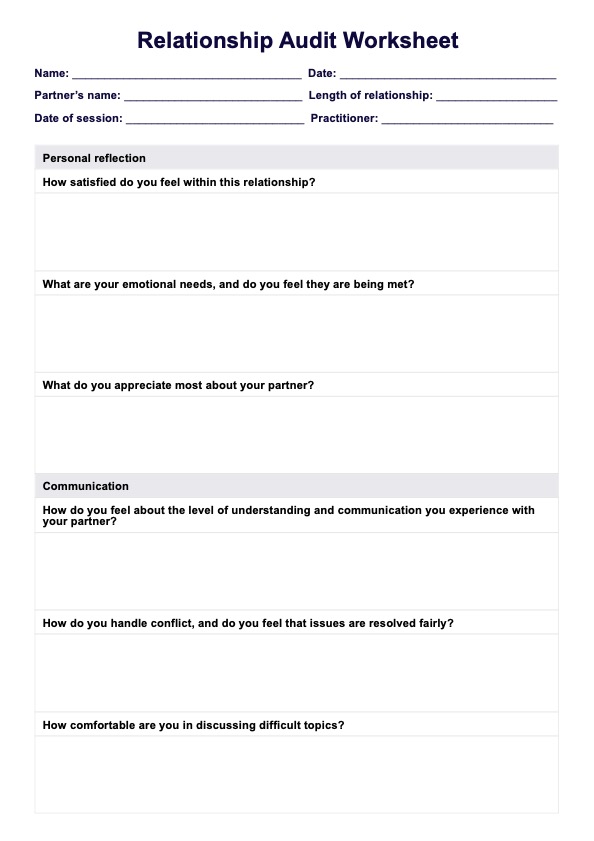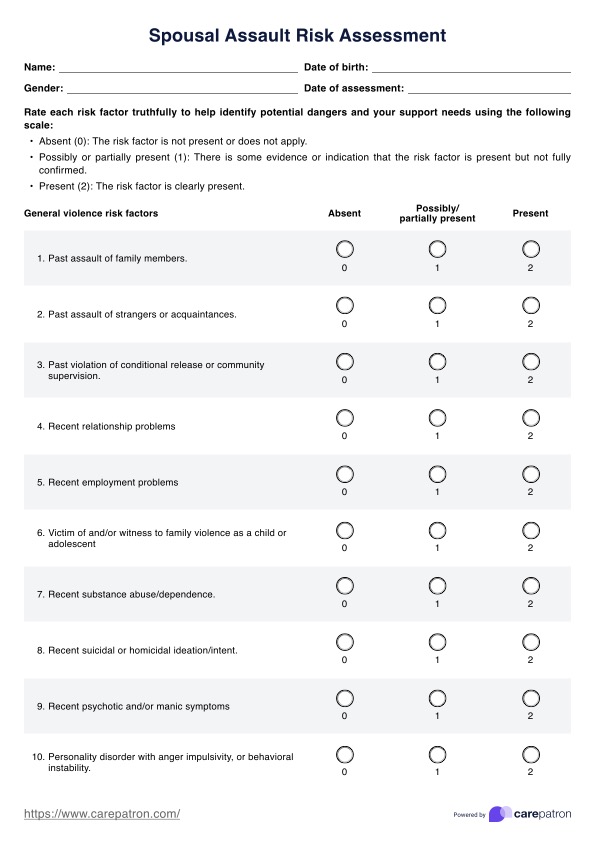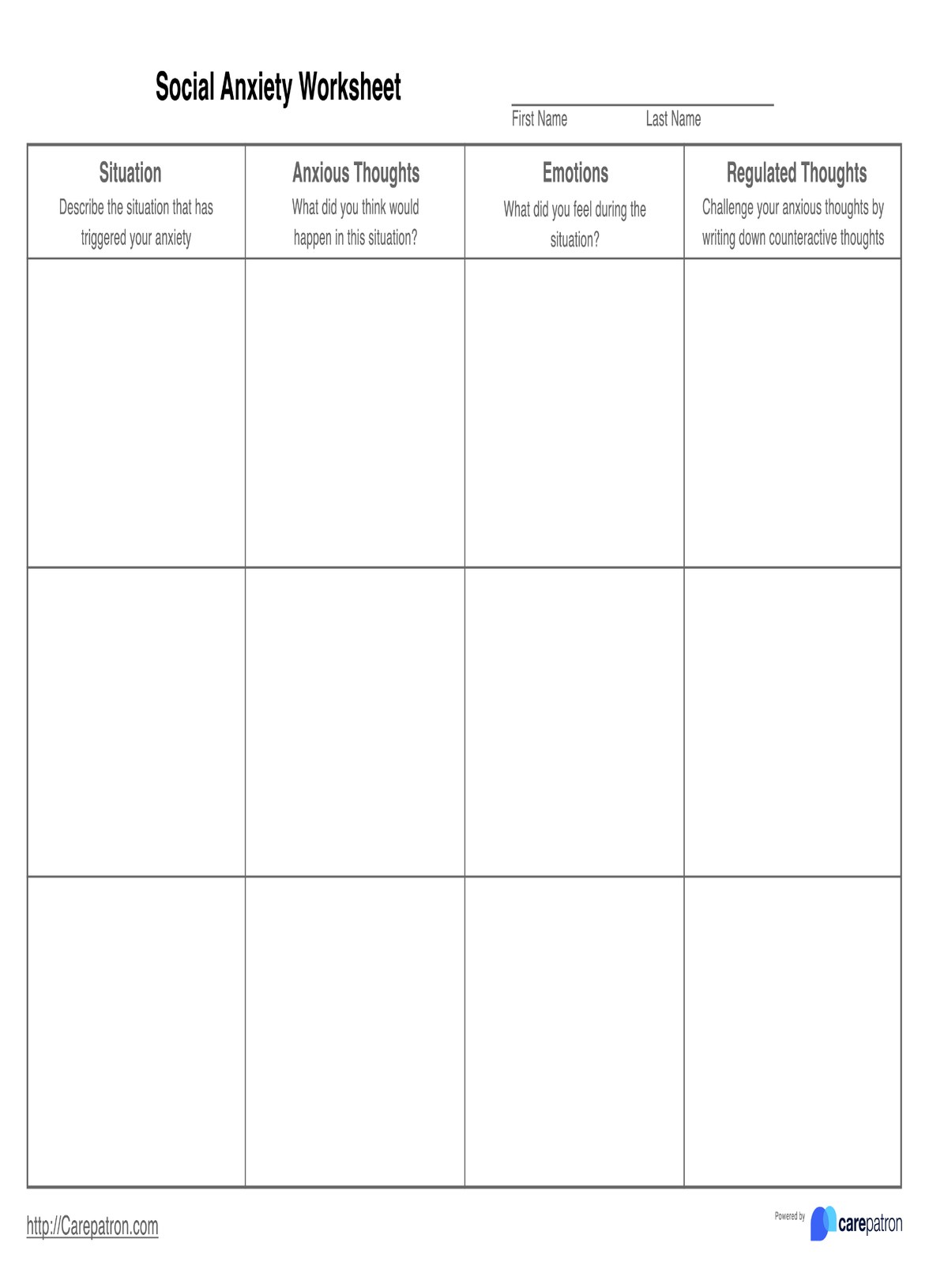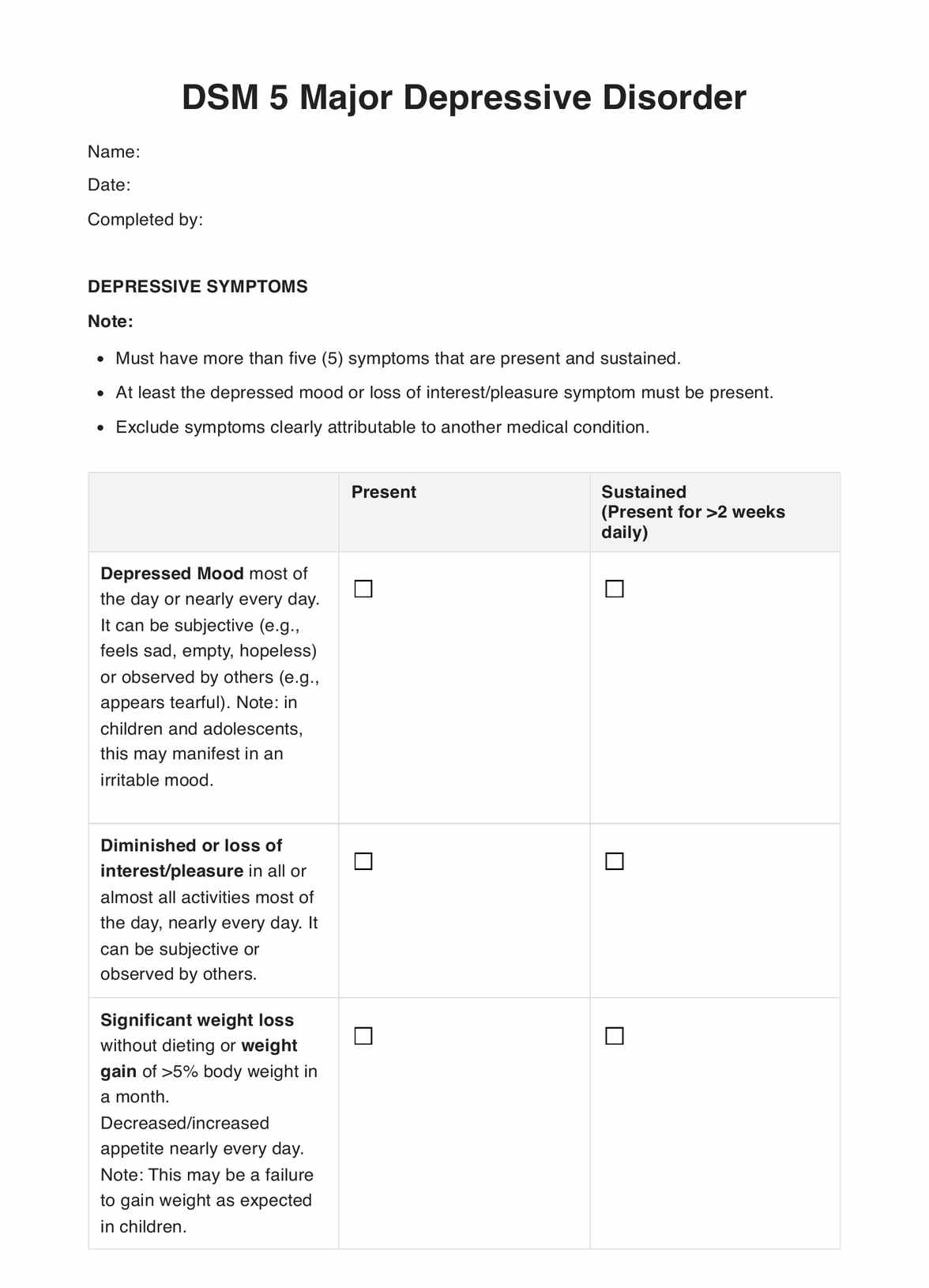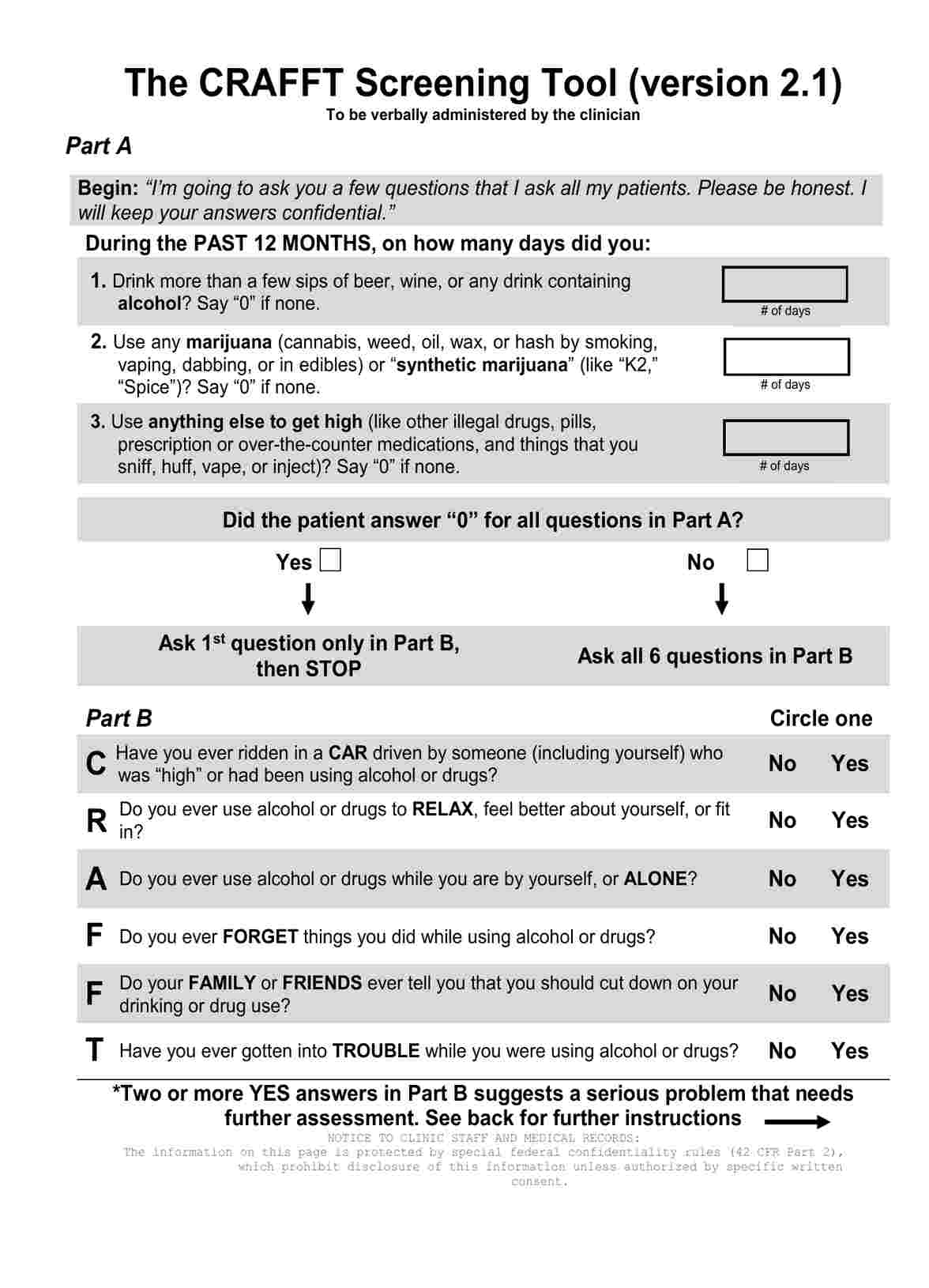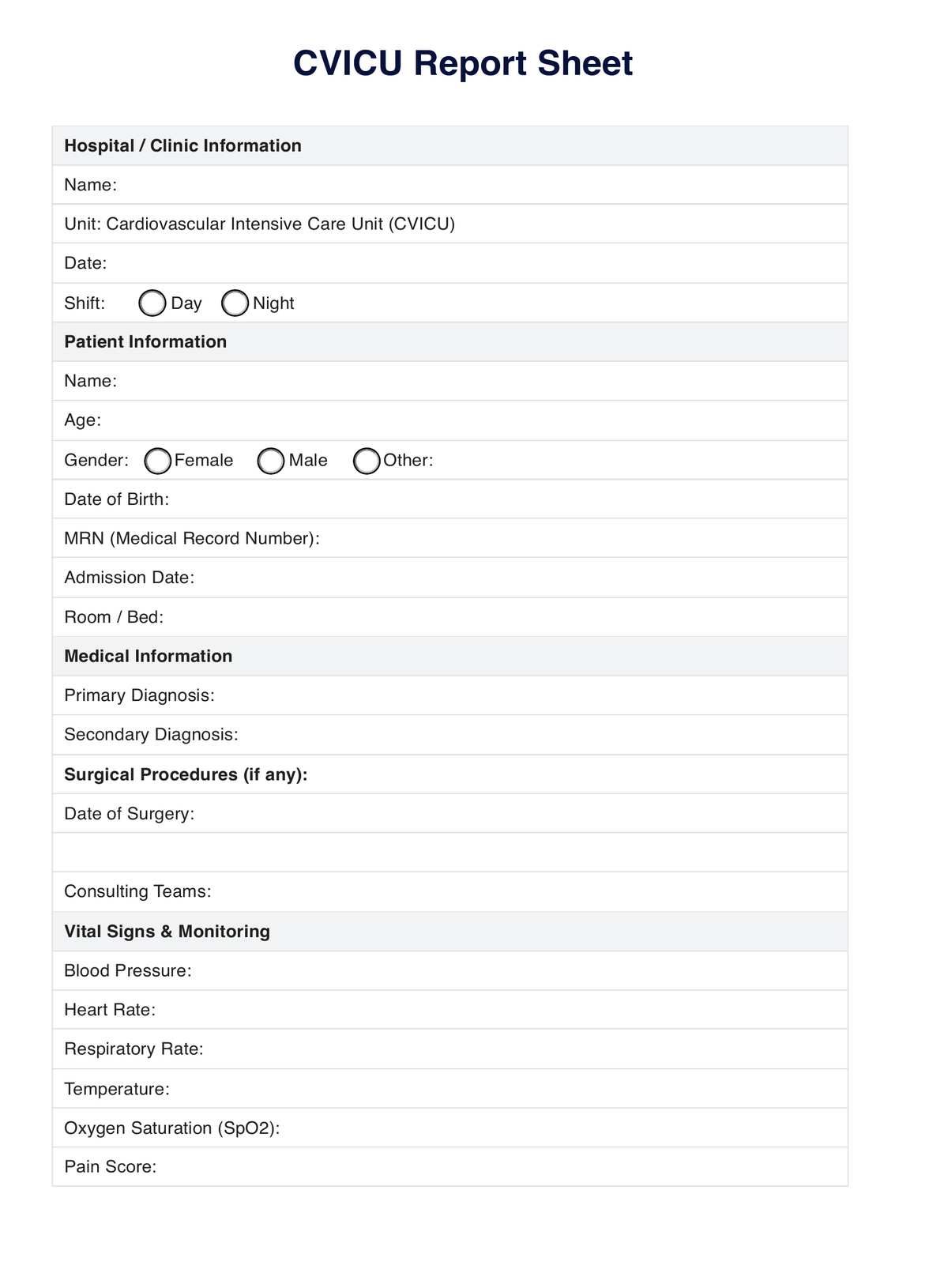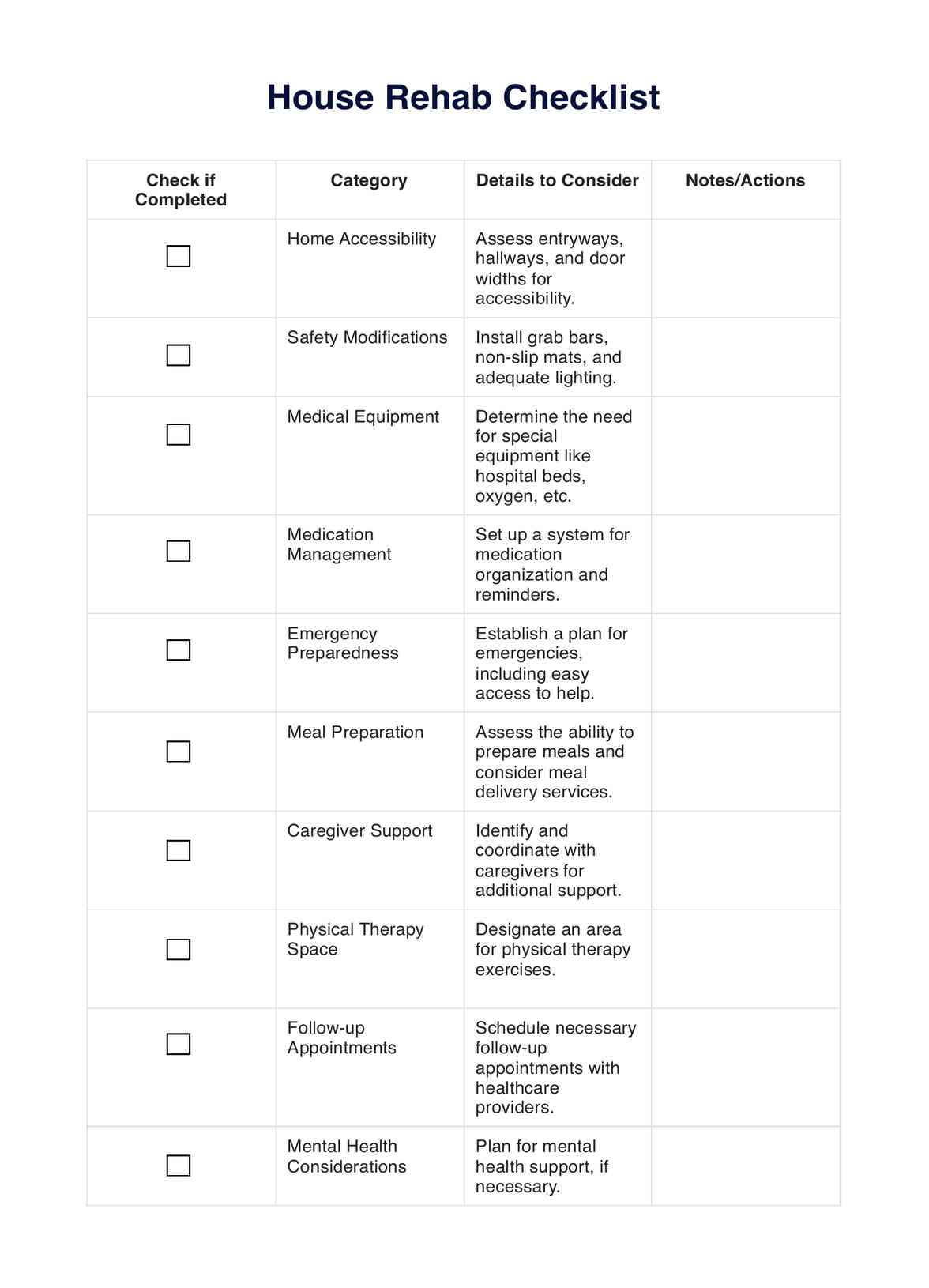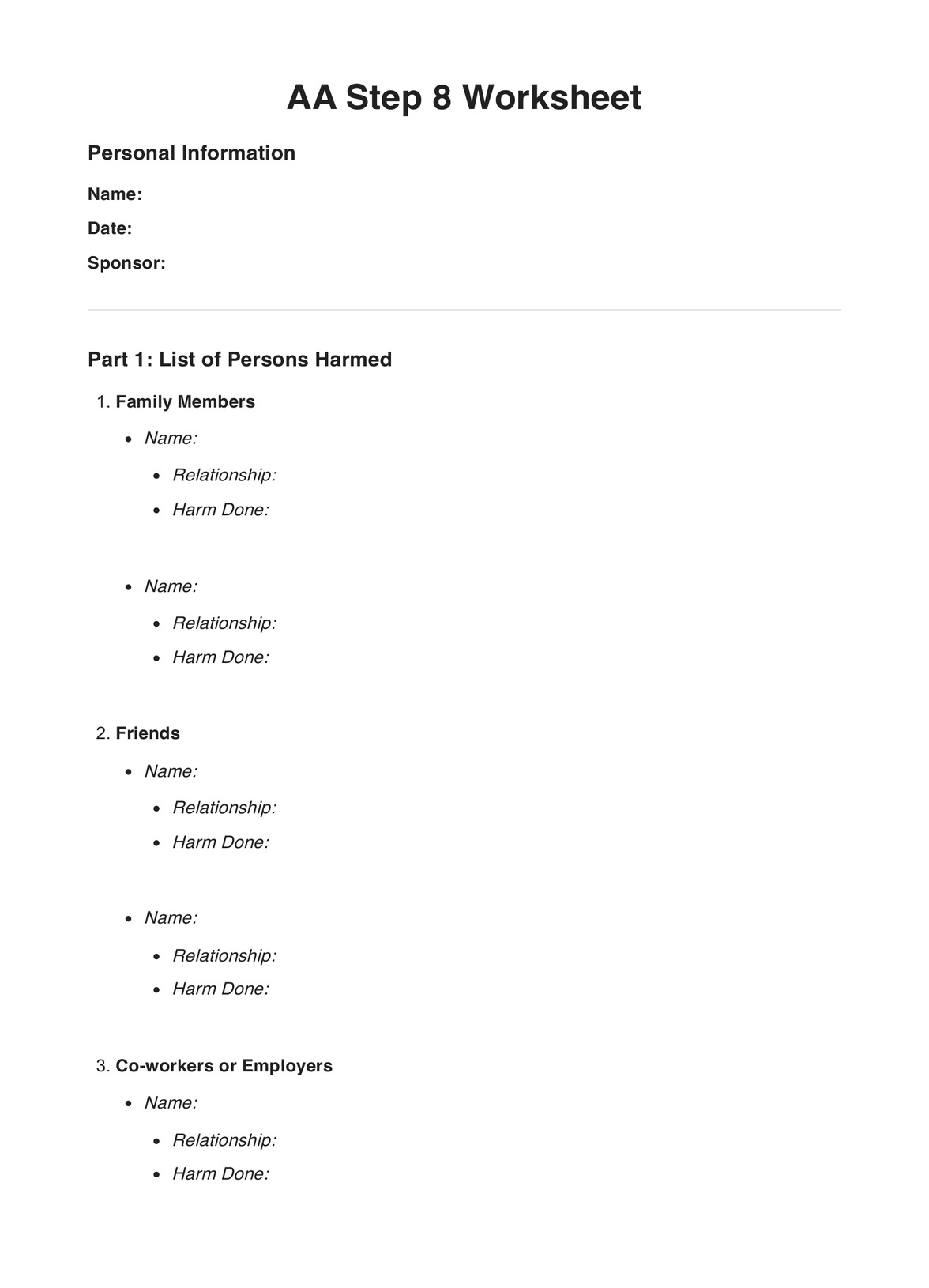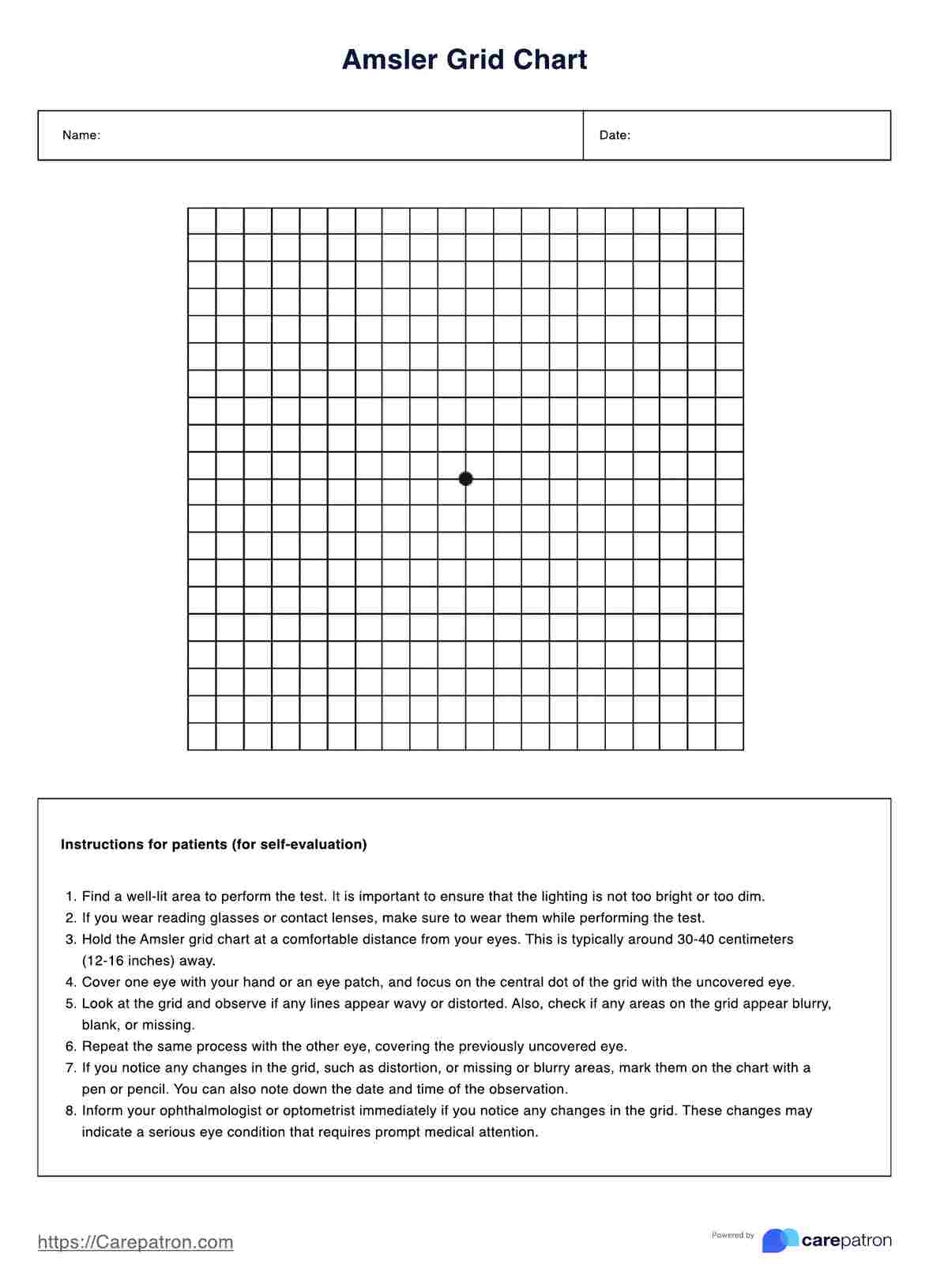Hoffman Feelings List
Learn about the Hoffman Feelings List. Download a free PDF template for your practice now.


What is the Hoffman Feelings List?
The Hoffman Feelings List is a comprehensive resource designed to help individuals identify and articulate a wide range of emotions and bodily sensations. Often used as part of the Hoffman quadrinity process, a personal growth retreat developed by Bob Hoffman in 1967, this tool is instrumental in fostering emotional awareness and promoting self-reflection (Hoffman Institute Foundation, 2020).
The Hoffman Feelings List is a curated compilation of emotional states and physical sensations, such as:
- Emotions: Open, calm, centered, content, sad, gloomy, depressed, forlorn, apprehensive, concerned, dissatisfied, anxious, burned out, and cranky.
- Body sensations: Achy, hollow, icy, numb, pain, prickly, shaky, and tender.
By offering precise language to describe emotions and sensations, the list empowers individuals to move beyond vague expressions like "I feel good" or "I feel bad." This helps facilitate deeper emotional exploration, enabling clients to uncover and address underlying issues effectively.
The Hoffman Feelings List is an essential resource for guiding clients in recognizing and articulating their internal emotional experiences. Integrating this tool into therapeutic practice provides structured support for enhancing emotional awareness and fostering self-expression.
Additionally, it aids practitioners in identifying recurring emotional or physical sensations, which may be linked to entrenched negative behavioral patterns. Recognizing these patterns is crucial for uncovering unconscious drivers of behavior, initiating targeted interventions, and improving emotional intelligence.
Hoffman Feelings List Template
Hoffman Feelings List Example
How does our Hoffman Feelings List template work?
Our free Hoffman Feeling List is based on the Hoffman Institute's resource and is designed to assist you and your clients in identifying and articulating emotions. This tool includes checkboxes, simplifying the process of recognizing and tracking emotions.
Step 1: Access the resource
Click the "Use template" button to access the list via the Carepatron app, allowing you to customize it to your practice's needs. For a PDF copy, click "Download."
Step 2: Introduce the list to your client
Explain to your clients how the list works and how you can help them. Encourage them to review their emotions and check the boxes that align with their feelings. Then, discuss the body sensations section to help them connect physical experiences with their emotions.
Step 3: Use during sessions
Incorporate the Hoffman Feelings List into your sessions as a conversational tool. Ask clients to reflect on the emotions listed and discuss what may have triggered those feelings. You can also use the list to explore patterns or recurring emotions and their impacts on the client’s life.
Step 4: Encourage independent use
Recommend clients use the emotion words list outside sessions for journaling or self-reflection. They can track their emotions over days or weeks to gain deeper insights into their emotional patterns and triggers.
The importance of communicating emotions
Communicating emotions is fundamental for fostering emotional health and improving interpersonal relationships. By expressing emotions, individuals develop greater self-awareness, enabling them to understand and process positive feelings (e.g., happiness, fascination, bliss) and negative ones (e.g., fear, regret, bitterness). Here are some key reasons why emotional communication is essential:
Enhancing emotional regulation
Expressing emotions allows individuals to understand their feelings better, making it easier to manage them effectively. By acknowledging emotions, people can develop healthier coping strategies and prevent overwhelming emotional responses.
Strengthening relationships
Open communication of emotions fosters understanding and empathy in relationships. When individuals share their feelings, it encourages others to connect with them deeper, building trust and mutual respect.
Reducing misunderstandings and conflicts
Clearly articulating emotions helps clarify personal needs and boundaries, reducing the likelihood of misunderstandings. This can prevent conflicts in relationships with family members, friends, colleagues, and others, promoting more harmonious interactions.
Promoting authenticity
Expressing emotions openly allows individuals to present their true selves, fostering authenticity in their personal and professional relationships. This honesty helps establish deeper, more meaningful connections and prevents the stress of suppressing feelings.
Supporting mental and physical health
Sharing emotions prevents the buildup of unresolved feelings, which can lead to stress, anxiety, or depression. By addressing emotions openly, individuals can reduce the risk of these mental health issues and their associated physical complications, such as hypertension or weakened immune function.
How to help your clients recognize their emotions
Guiding clients to identify and articulate their emotions is essential to fostering emotional awareness and promoting mental health. You can use various strategies to help clients become more attuned to their feelings and understand their emotional landscape.
1. Encourage self-reflection
Prompt your clients to engage in regular self-reflection by asking open-ended questions, such as:
- "What emotions have you been experiencing lately?"
- "How does this situation make you feel?"
These questions help clients pause and assess their emotional state, creating a foundation for greater awareness.
2. Use emotion and feeling charts
Providing tools like emotion and feeling charts, such as the Hoffman Feelings List, can aid clients in identifying specific emotions. These resources help clients move beyond vague descriptions like "good" or "bad" and expand their emotional vocabulary.
3. Identify physical sensations tied to emotions
Encourage clients to pay attention to physical cues that accompany their emotions. For example:
- Anxiety may manifest as a rapid heartbeat or tense muscles.
- Sadness might feel like heaviness in the chest or a lump in the throat.
Teaching clients to connect their physical sensations with emotions can deepen their understanding of how feelings affect the body.
4. Teach mindfulness techniques
Mindfulness exercises, such as meditation or deep breathing, help clients stay present and observe their emotions without judgment. This practice allows them to recognize emotions as they arise and develop a sense of control over their responses.
5. Explore emotional triggers
Work with clients to identify patterns and triggers that evoke certain emotions. For instance:
- "What situations tend to make you feel stressed or angry?"
- "Are there specific events that consistently bring you joy?"
Recognizing these triggers enables clients to anticipate and manage their emotional reactions more effectively.
6. Normalize the emotional experience
Reassure clients that all positive or negative emotions are valid and part of the human experience. This validation encourages them to embrace their feelings rather than suppress or judge them.
7. Use journaling as a tool
Encourage clients to keep an emotion journal where they can record their feelings, thoughts, and triggers. Reflecting on their entries over time can reveal patterns and provide insights into their emotional world.
Reference
Hoffman Institute Foundation. (2020, July 16). What is the Hoffman Process? | Hoffman Institute Foundation. https://www.hoffmaninstitute.org/the-process/
Commonly asked questions
The "30 emotions" concept categorizes emotions into distinct groups based on emotional states and their variations. These include both negative and positive emotions, covering a spectrum that reflects human experiences. Some commonly recognized categories include basic emotions (happiness, sadness, fear, anger, surprise, and disgust); social emotions (pride, shame, guilt, and embarrassment); and sensory pleasure emotions (excitement, contentment, and calm).
The idea of "34,000 emotions" originates from the work of psychologist Dr. Robert Plutchik, who developed the Wheel of Emotions to illustrate the complexity of human feelings. This concept demonstrates how combinations of one emotion with another, or even multiple different emotions, can create other emotions as well as varying intensity levels, leading to various emotional states.
The Hoffman process is a therapeutic method to help individuals break free from habitual negative emotions and behavioral patterns. The process involves four structured steps: awareness, expression, forgiveness, and new behavior integration.


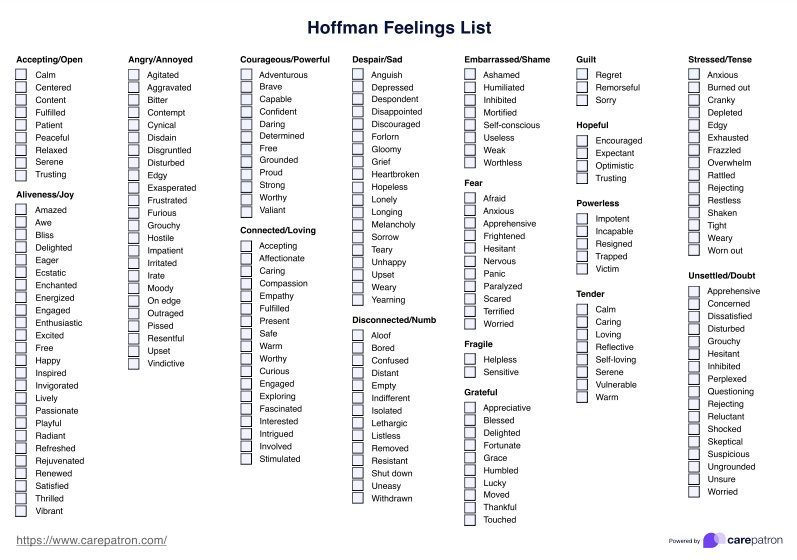
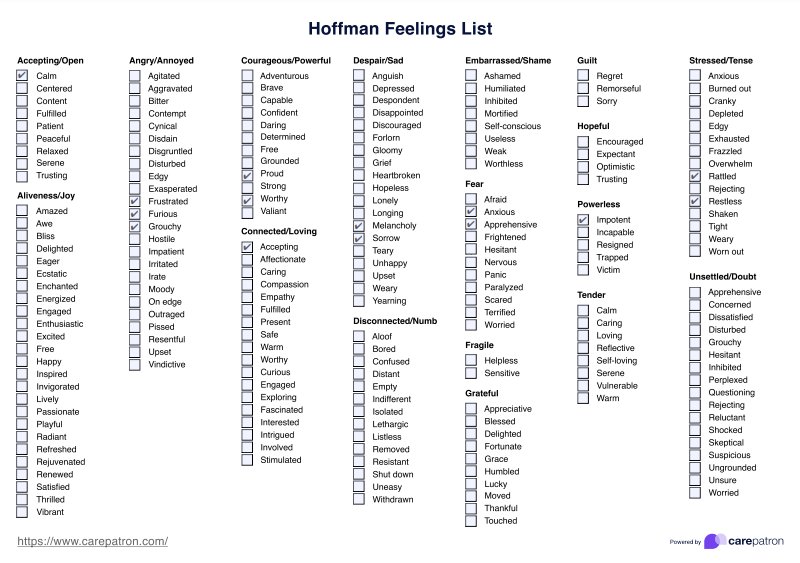

















-template.jpg)


